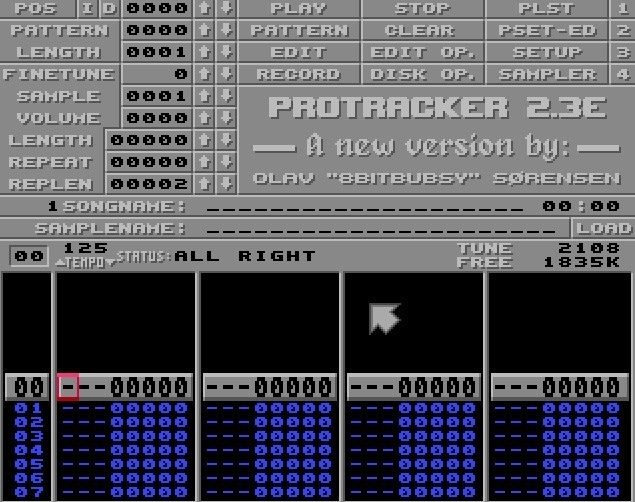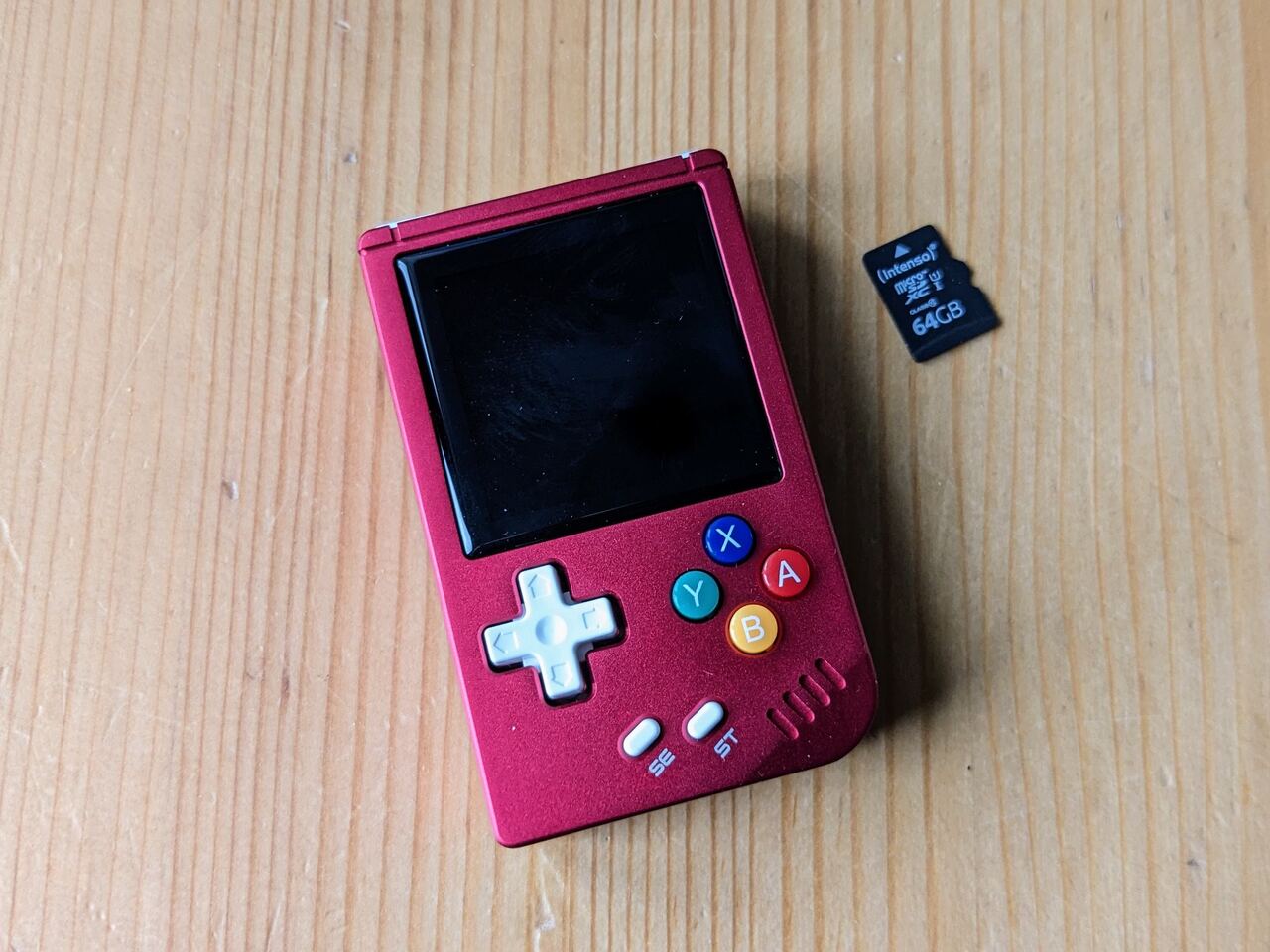I like making music with pocketable devices. The first time this was somewhat feasible (for me) was my Zire 71 (from the last generations of Palm Pilot devices) which ran a weird DAW like thing called Bhajis Loops that was actually surprisingly powerful.
It took a while for iPhones to get some decent music software, but at some point it was possible to do some amazing stuff (I think my favourite was Korg Gadget, but unfortunately, that worked much better on an iPad. On Android, even in 2023 the situation isn't great but at least there's FL Studio.
And then, of course, there are Gameboys and such. The original Gameboy runs both LSDJ, which has been around for ages and is a super powerful tool for making, well, Gameboy music, and Nanoloop, which is in itself a software/hardware with an amazing story. The Nintendo DS later got Korg DS-10, which was fun to play with, but is quite limiting.
And now, these two worlds have collided in the most beautiful, chaotic, and, mostly illegal way in the form of the so-called retro consoles. Take a mobile phone SOC from a few generations back, because they are lying around in warehouses, do the same with a screen nobody wants anymore because it's too low resolution, slap some weird home grown Linux on it with the state of the art emulators for everything from the NES to Gamecube and beyond and add some game controller hardware to the whole thing and you have something like the (now quite ancient) Anbernic RG351P.
In the grand scheme of things, these are actually quite powerful devices. They may be too weak to run high end games and such, but Audio software isn't actually that demanding, again, in the grand scheme of things. I do remember the times when running real time audio synthesis on an AMIGA was almost unthinkable.
And so this idea was born. What if I take the idea of LSDJ and modernise it so that it can use these awesome hardwares to full effect.
“That's M8, mate” I hear you cry.
Thing is: I really like the concept of M8. I have had it in my hands and it is an awesome device. But it is awfully expensive as the custom hardware that it is.
Just to be clear: My goal is not to clone the M8 software and run it on cheap commodity hardware. I want to build something that can stand on its own. M8 has often been criticised for copying LSDJ so blatantly and I think that's a fair point. I want to see if I can take the whole thing further. Expect similar capabilities as M8 has, musically (At least that's my first benchmark) but expect a different approach. Expect something that takes inspiration from everything from Chris Huelsbecks Sound Monitor, Protracker, Fasttracker to Renoise, Buzz, SunVox and, yes, LSDJ and M8 as well. Expect something ruthlessly optimised for modern game controllers.
I am at the very beginning of my ride here. But I wanted to try something: Why not do everything completely out in the open. I'll share my full process here. I'll write more about my motivation. I will write about my research. I will write about my design process. I will try to have conversations here with people who I trust to have useful opinions on what I try to achieve here.
My hope is that at a point not so far into the future, I'll end up with something that runs on a below 100€ device and allows you to actually make music. And then, at that point, I will find enough people that are willing to support me on this quest, so that I can keep the whole thing open but still have some sort of extra income through this. I know this is a risky bet and that retro consoles are not exactly the space where the big money is. But I'm willing to try.
Wish me luck.

